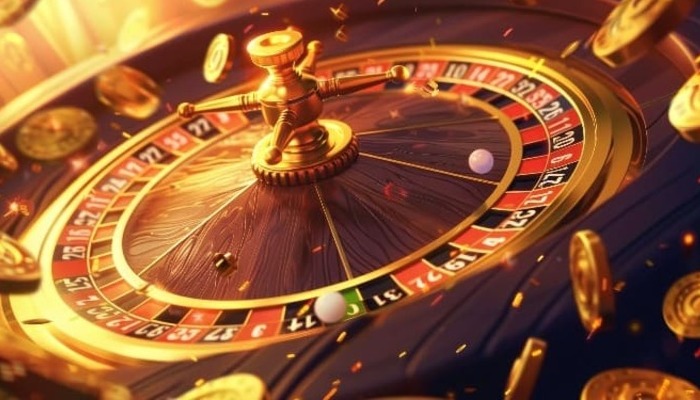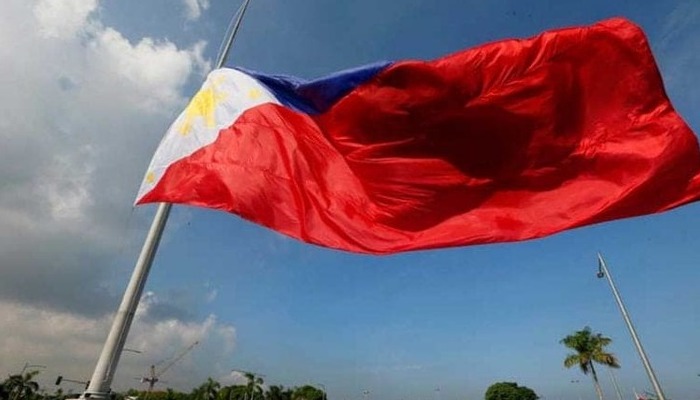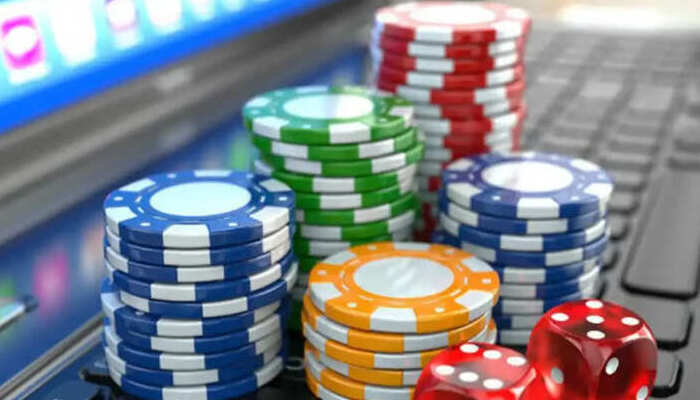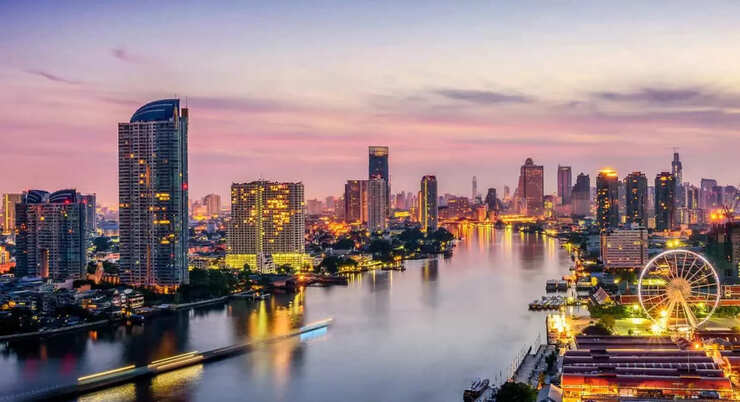
Japan’s Odd and Beautiful World of Gambling
A first-time visitor to Japan will be startled by the abundance of unusual, vibrantly colored pinball-style arcades in addition to the embracing, in fact soothing, environment of all-pervasive order and the immaculate state of big city streets.
These are pachinko parlors, which are recognizable by their anime-inspired branding and design. Playing pachinko, a game that is loosely compared as a cross between pinball and slots, is somewhat of a national preoccupation in Japan, along with cherry blossoms, tulips, and being on time.
Over 13,000 pachinko parlors can be found throughout this island nation of 126 million people.
The game is said to have originated in the far east in the fifteenth century, and the early pachinko gaming machines were developed in Japan in the late 1920s.
The equivalent of $200 billion USD is spent annually by players in these gaming citadels in Japan, according to government statistics, where “almost half” of all leisure time is spent.
Chapter 23 of Japan’s Criminal Code forbids most types of gambling, but the pachinko industry has discovered a very Japanese way around this prohibition.
There are historical exceptions to practically every norm across Japan, a traditionally conservative nation where tradition coexists peacefully with cutting-edge innovation and corporate capitalism — somewhat like Britain, one could muse.
As a result, pachinko is another game that you can effectively “bet” on by using the straightforward method of exchanging rewards for cash.
It’s challenging, a bit like ducking behind tulip blooms, but it still functions.
To put it simply: In order to win at pachinko, a player must shoot a ball into a designated hole that triggers a slot machine. They receive more balls if they win the jackpot. Thereafter, balls can be traded for exclusive tokens—never cash—or prizes at a booth in the parlor.
The real kicker, though, is here. You can exchange your tokens for cash by taking them to a store around the corner that is typically operated by the owner of the pachinko parlor.
Theoretically, the law has not been broken as long as winners do not get cash in the parlor.
But, a post-Covid19 boom in iGaming is putting pressure on pachinko’s hegemony today.
Only four so-called public sports, or Kei kygi, are permitted for gambling in Japan, including a few prefecture (state) and large city lotteries: bicycle racing, horse racing, speedway motorcycle racing, and powerboat racing.
All four sports, which are governed by municipal governments or governmental businesses, permit pari-mutuel betting, with a prize pool that can reach as much as 80% of total revenues.
Japanese origin
IGaming, especially wagering on powerboat racing, is expanding. It is promoted by a plethora of swanky apps that feature real-time racing aired on high definition mobile phone footage.
While pachinko demands a lot of time at the table if you are to have any hope of making large gains, mobile gaming is fast, enjoyable and easily portable, with wagers starting at a minimum Yen100, roughly US75 cents.
While pachinko profits are declining, powerboat racing stakes have nearly doubled, helped by the so-called “nesting” effect, which is the occurrence of individuals staying at home even after pandemic lockdowns have been lifted.
For instance, wagering on powerboat racing brought in Yen2.44 trillion last year, which is the equivalent of US$18.37 billion.
This East Asian superpower is now prepared to offer three casino operating licenses for designated Integrated Resorts (IR) in Osaka, Tokyo, and Yokohama.
As potential IR locations, Nagasaki and Hokkaido have also been mentioned.
The Integrated Resort (IR) Enabling Act, which was presented to the Diet, Japan’s parliament, in 2015, was the catalyst for the initial discussion on casino legislation.
The Casino Administration Committee was created by the government five years later to oversee and control resort operators.
The tourist industry is the target of the IRs, at least formally and possibly in deference to opponents.
Locals from Japan, for instance, are only permitted to visit the casinos a total of three times per week, or ten times per month. A Yen6,000 (US$45) admission fee will also be charged in an effort to “discourage addiction.”
Many major players in the gambling business are reportedly interested in applying for one of the 10-year licenses, including Las Vegas Sands, Wynn Resorts, MGM Resorts, Melco Resorts, and Genting Singapore.
The gambling environment in the nation will change once the casinos open for operation, following years of legislative caution and customary Japanese “testing, testing, testing.”
Yet I’ll bet that the first gamblers who enter these gleaming new gambling palaces won’t find rows and rows of slot machines inside, but rather serried lines of traditional pachinko machines.












